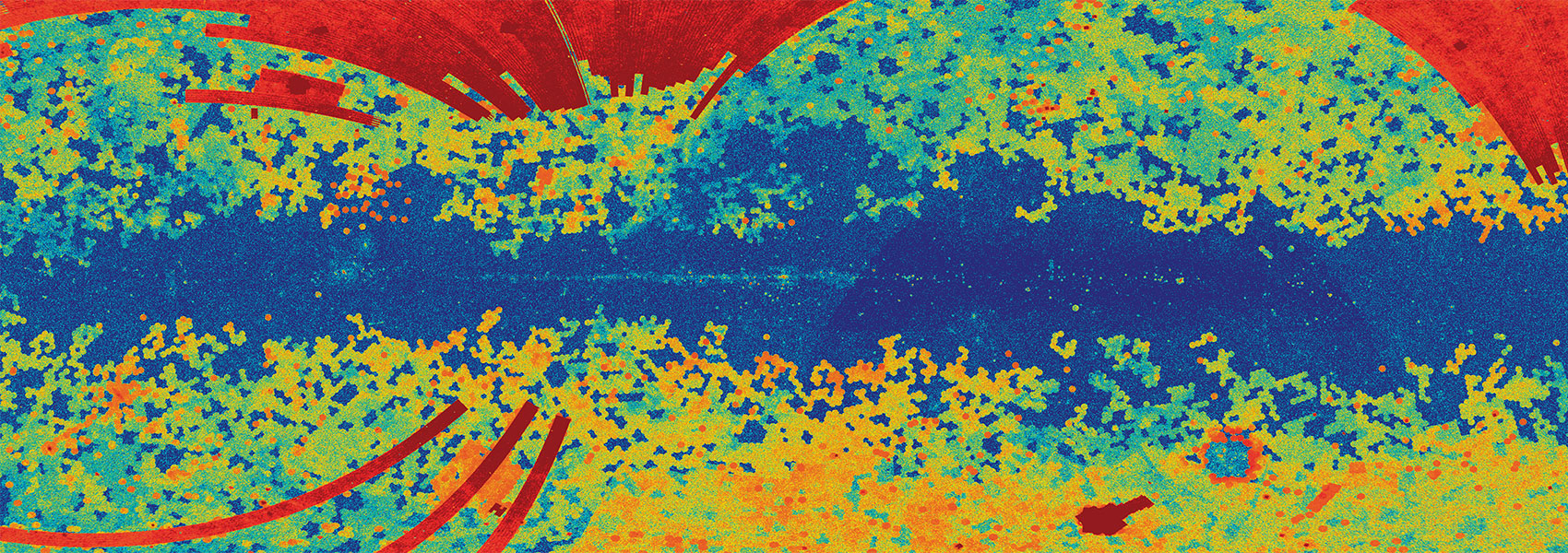March
2020
•
2020ApJ...892....8D
Authors
•
Darvish, Behnam
•
Scoville, Nick Z.
•
Martin, Christopher
•
Sobral, David
•
Mobasher, Bahram
•
Rettura, Alessandro
•
Matthee, Jorryt
•
Capak, Peter
•
Chartab, Nima
•
Hemmati, Shoubaneh
•
Masters, Daniel
•
Nayyeri, Hooshang
•
O'Sullivan, Donal
•
Paulino-Afonso, Ana
•
Sattari, Zahra
•
Shahidi, Abtin
•
Salvato, Mara
•
Lemaux, Brian C.
•
Fèvre, Olivier Le
•
Cucciati, Olga
Abstract
•
We report the spectroscopic confirmation of a new protocluster in the COSMOS field at z ∼ 2.2, COSMOS Cluster 2.2 (CC2.2), originally identified as an overdensity of narrowband selected Hα emitting candidates. With only two masks of Keck/MOSFIRE near-IR spectroscopy in both H (∼1.47-1.81 μm) and K (∼1.92-2.40 μm) bands (∼1.5 hr each), we confirm 35 unique protocluster members with at least two emission lines detected with S/N > 3. Combined with 12 extra members from the zCOSMOS-deep spectroscopic survey (47 in total), we estimate a mean redshift and a line-of-sight velocity dispersion of zmean = 2.23224 ± 0.00101 and σlos = 645 ± 69 km s-1 for this protocluster, respectively. Assuming virialization and spherical symmetry for the system, we estimate a total mass of Mvir ∼ (1-2) ×1014M⊙ for the structure. We evaluate a number density enhancement of δg ∼ 7 for this system and we argue that the structure is likely not fully virialized at z ∼ 2.2. However, in a spherical collapse model, δg is expected to grow to a linear matter enhancement of ∼1.9 by z = 0, exceeding the collapse threshold of 1.69, and leading to a fully collapsed and virialized Coma-type structure with a total mass of Mdyn(z = 0) ∼ 9.2 × 1014M⊙ by now. This observationally efficient confirmation suggests that large narrowband emission-line galaxy surveys, when combined with ancillary photometric data, can be used to effectively trace the large-scale structure and protoclusters at a time when they are mostly dominated by star-forming galaxies.
Links





